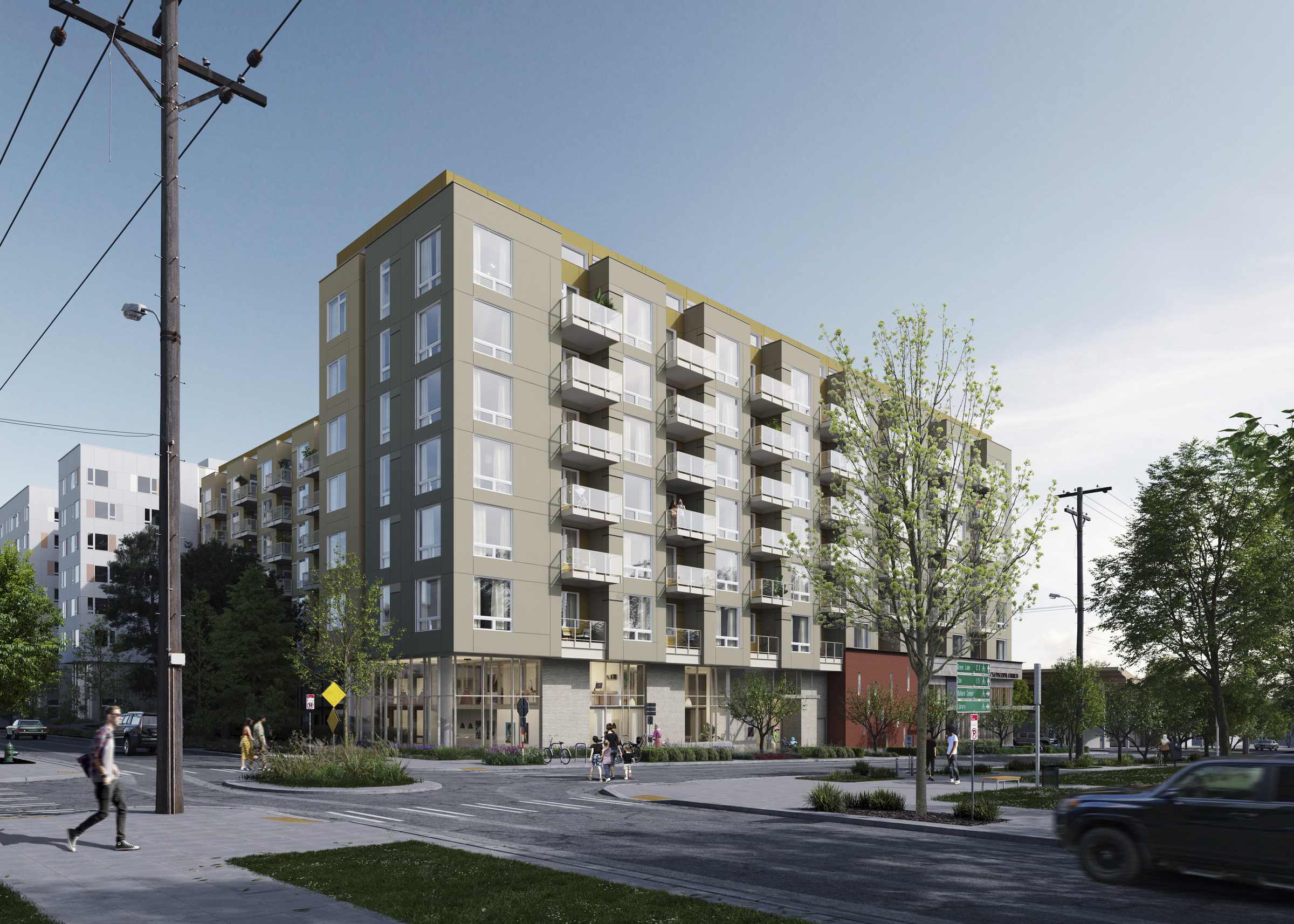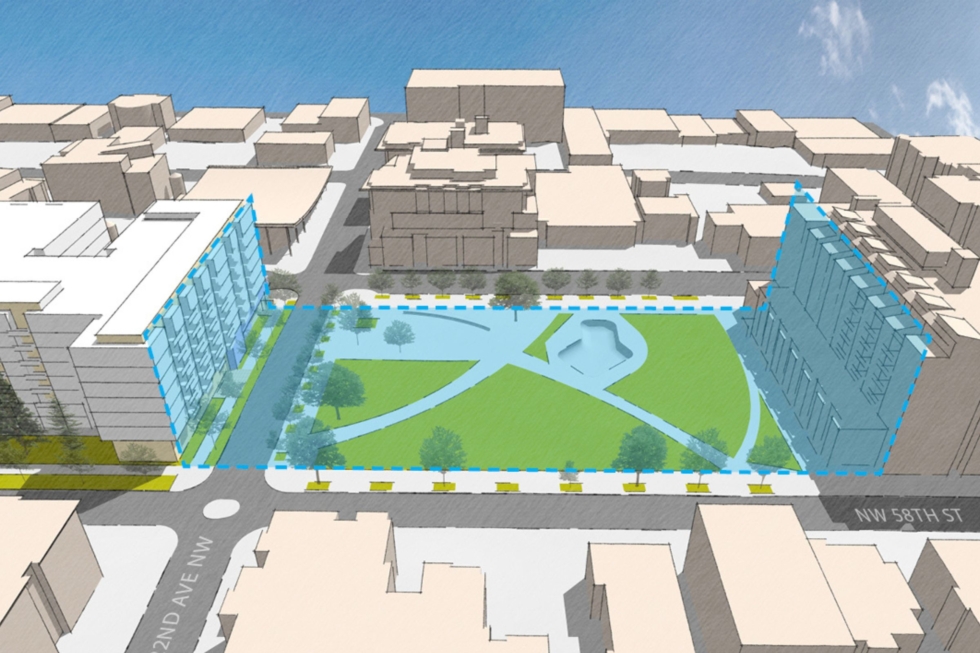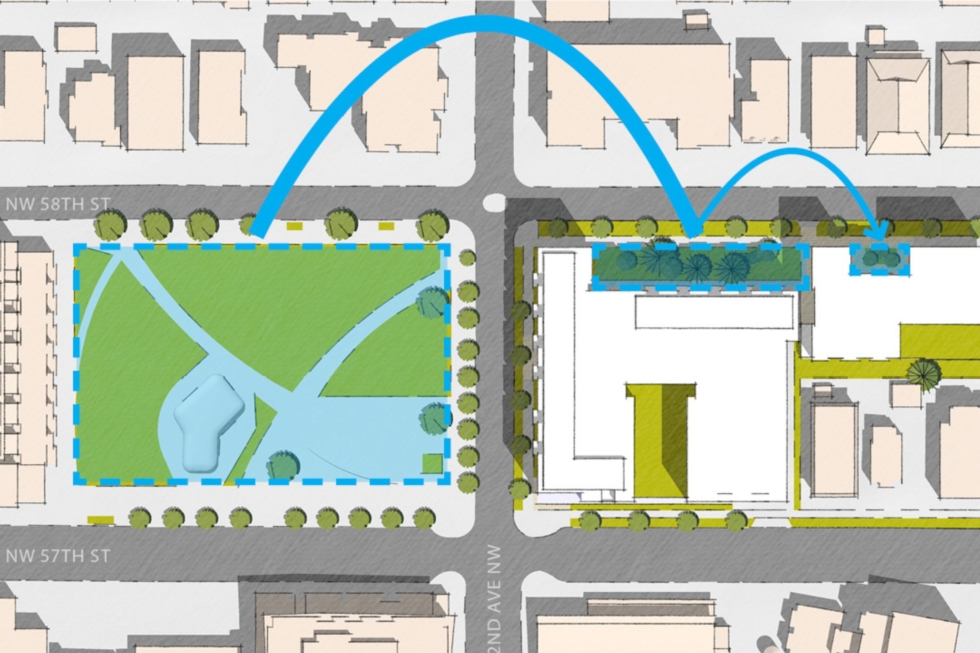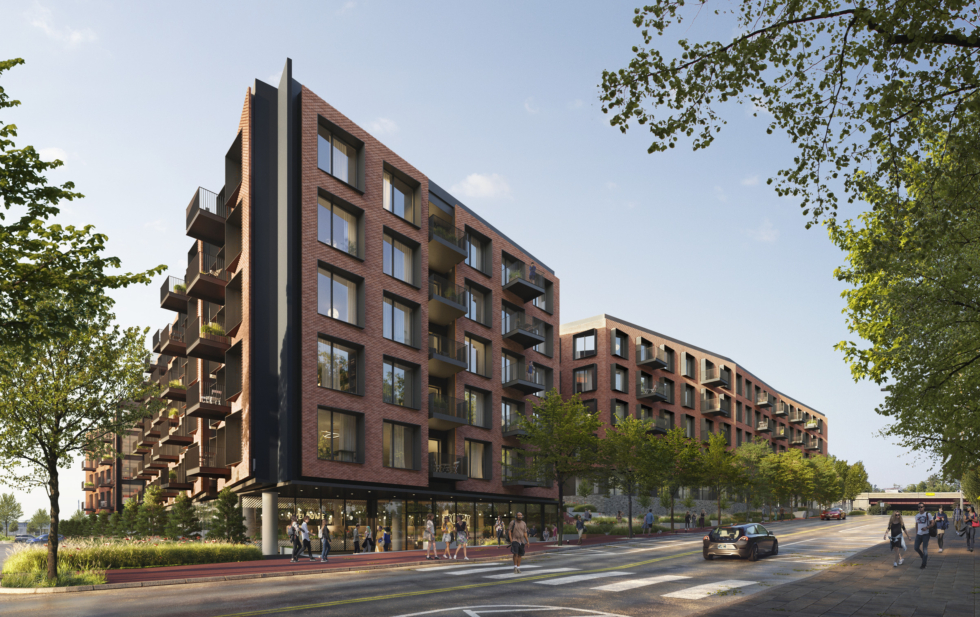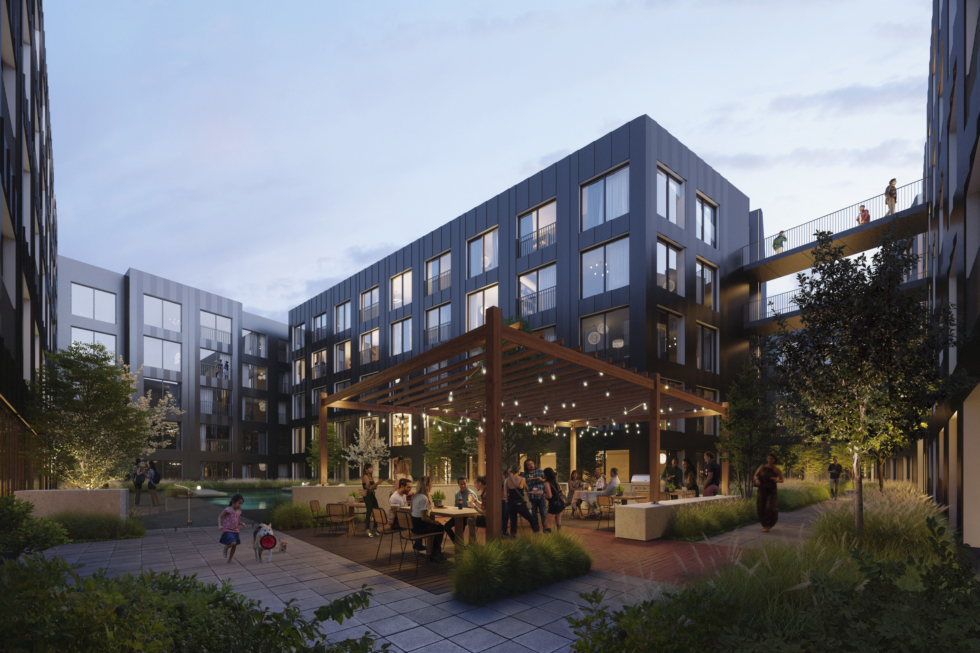Cities across the country are navigating a complex scenario of challenges: surging housing demand, limited supply, soaring costs, and mounting community needs. Traditional development models that often silo housing from the institutions that serve public life—schools, clinics, community centers—are proving inadequate.
We must ask a new set of questions: What if every piece of urban land could do more? What if housing could be more than just its core use—what if it became the backbone of thriving, integrated, and equitable communities?
At Perkins Eastman, we call this approach Housing+. It lies in strategic partnership—with communities, institutions, and across disciplines. We are seeing how to unlock new potential by aligning housing with public benefit. It’s not just about building more units—it’s about building smarter, more connected neighborhoods.
Housing+ is our way of rethinking housing as essential infrastructure. Rather than treating housing as a standalone solution, we integrate it with community assets to create vibrant, resilient neighborhoods. By pairing essential services with much-needed housing, we design to promote long-term affordability, health, and social connection.
